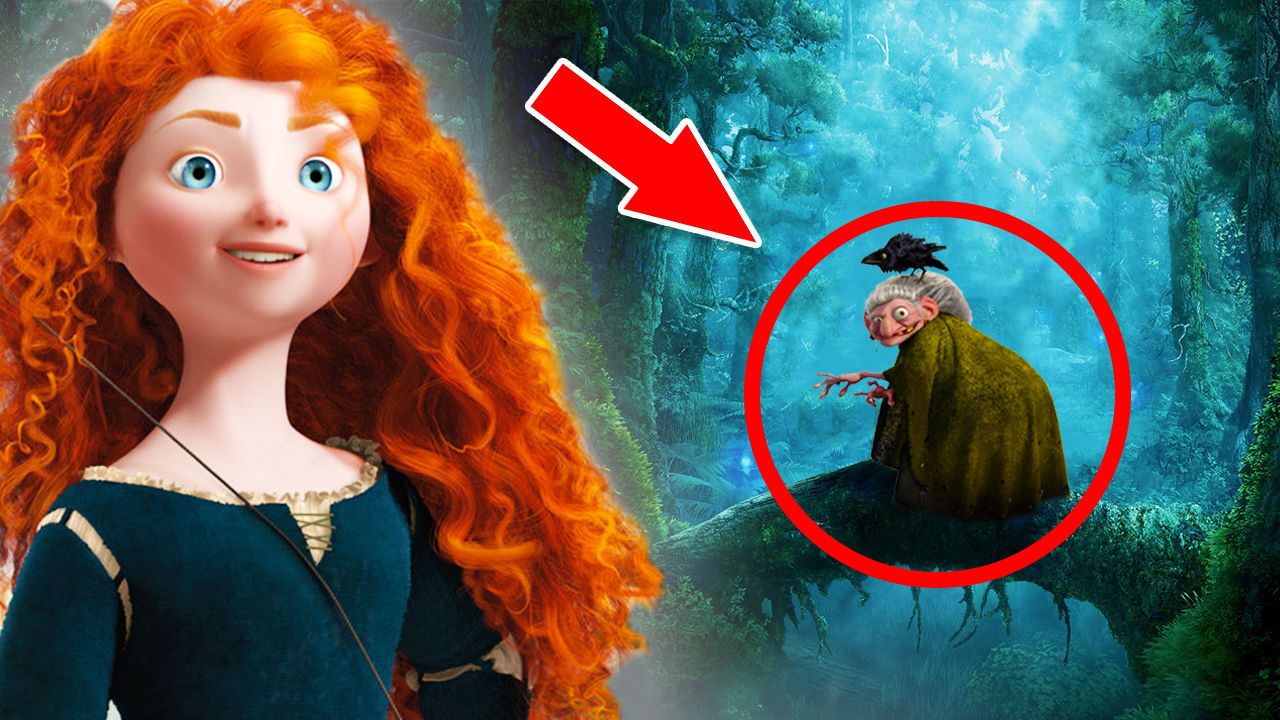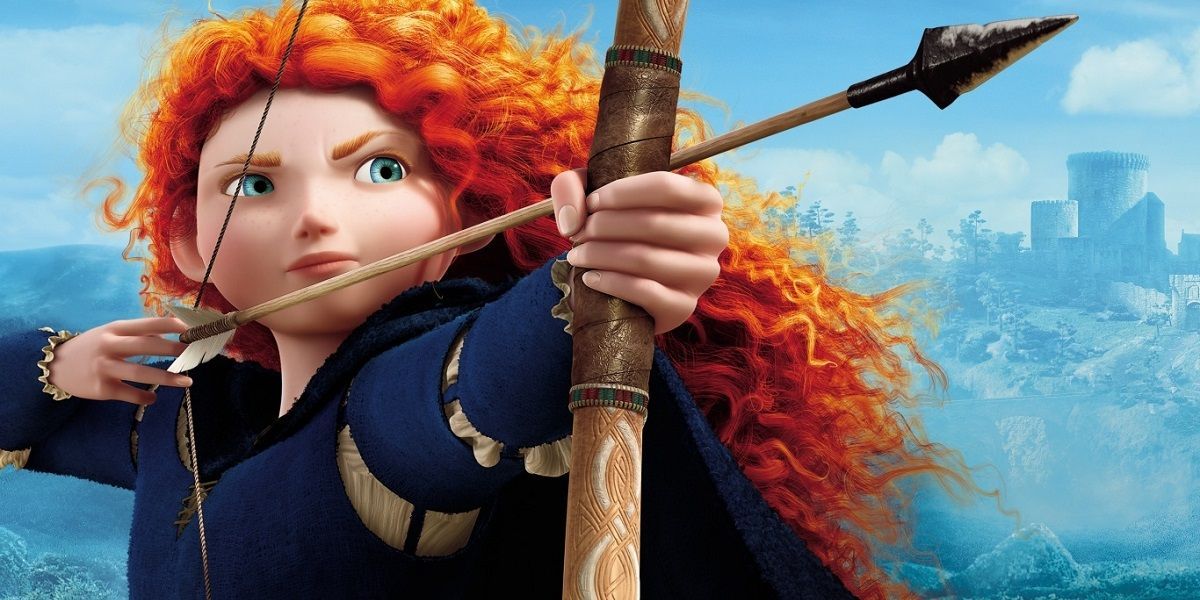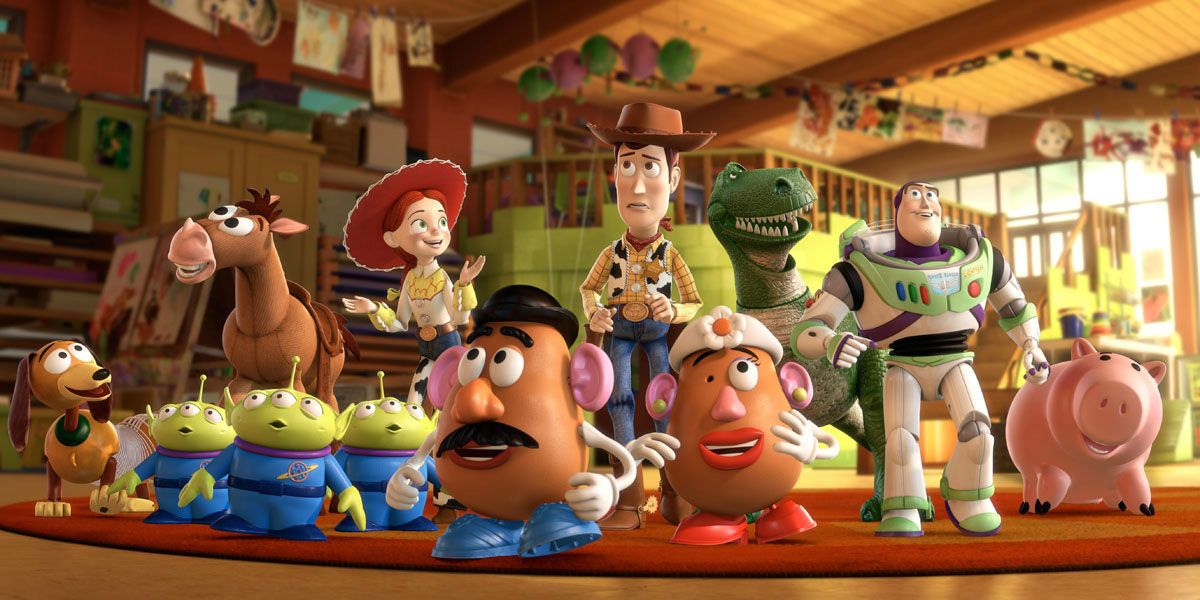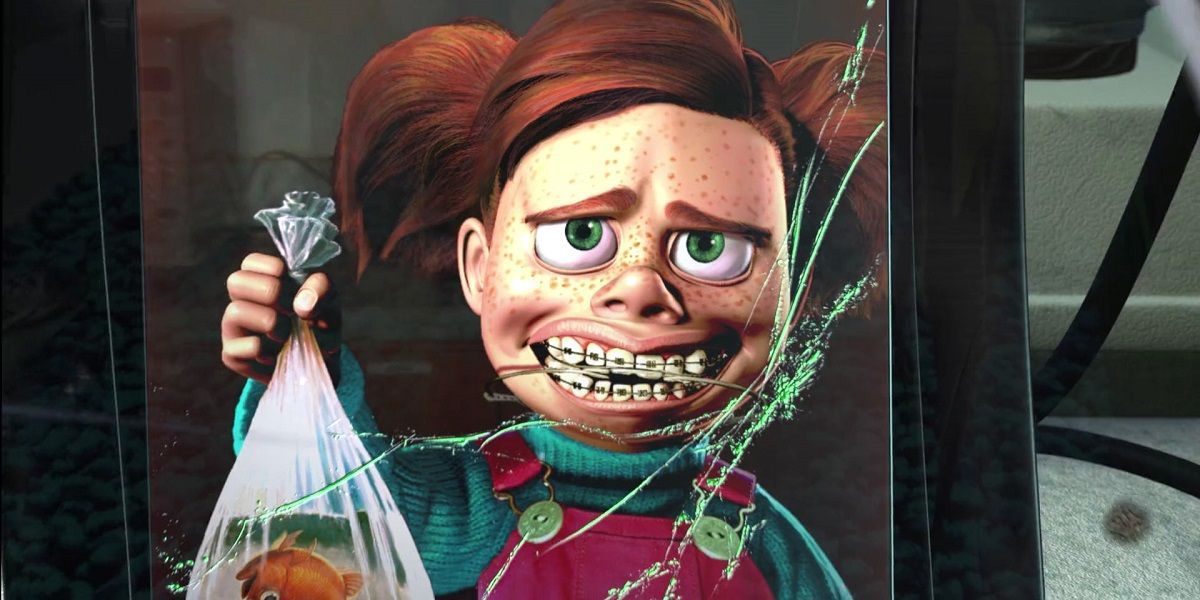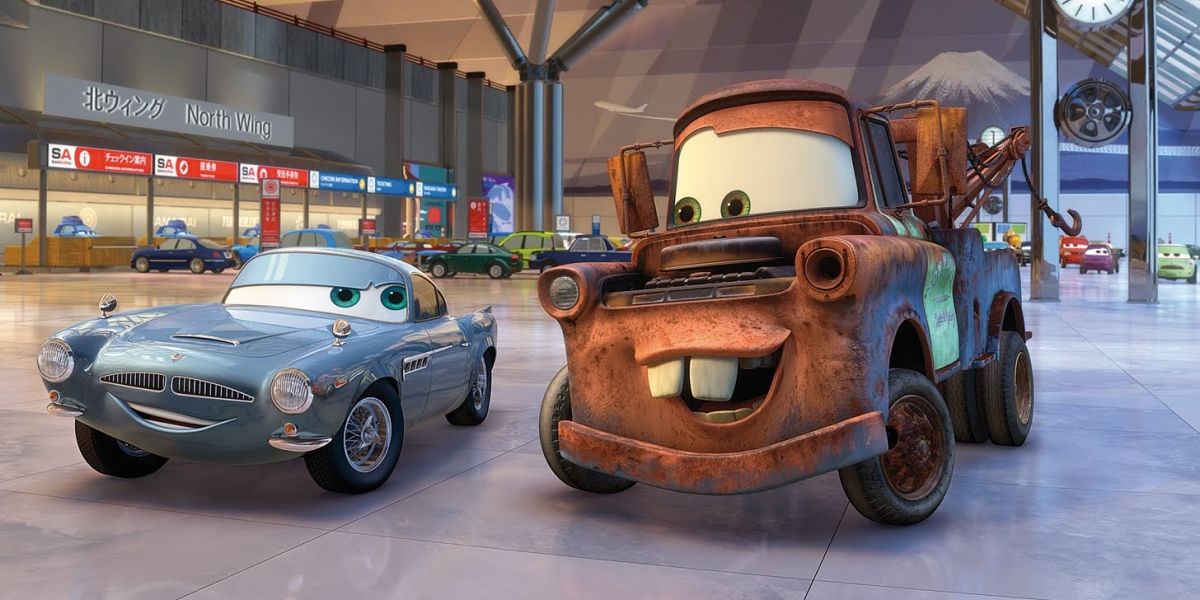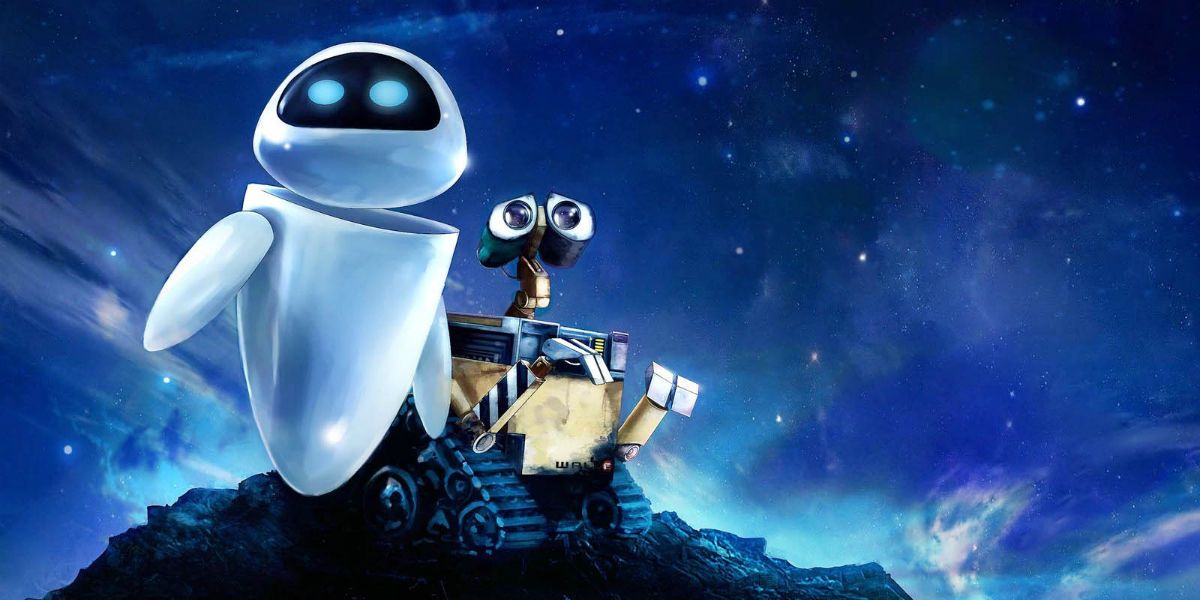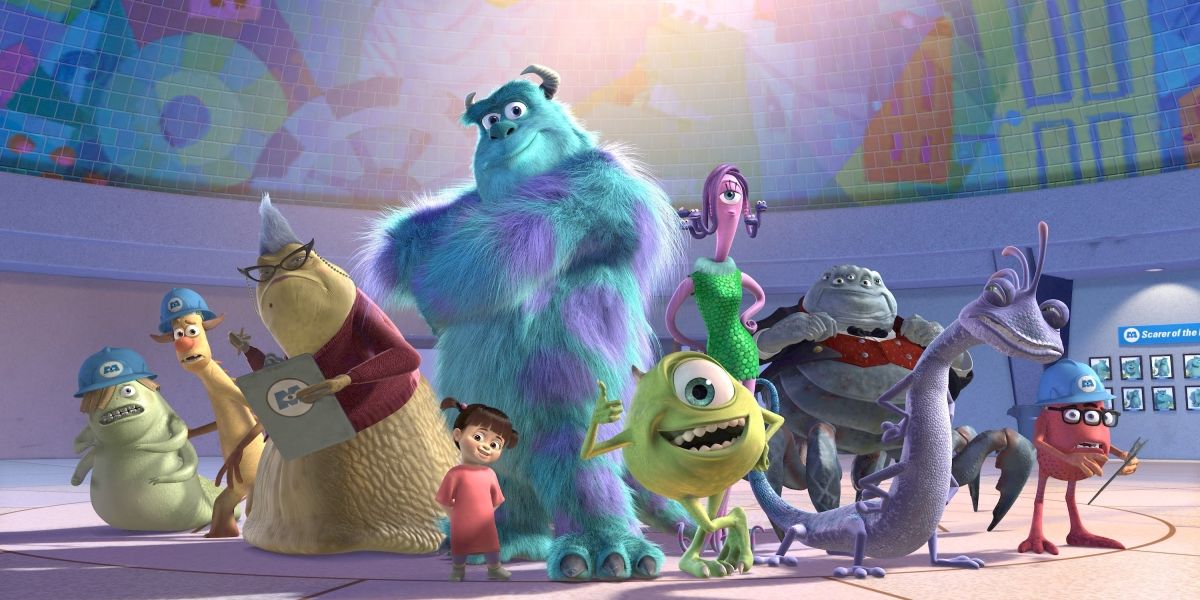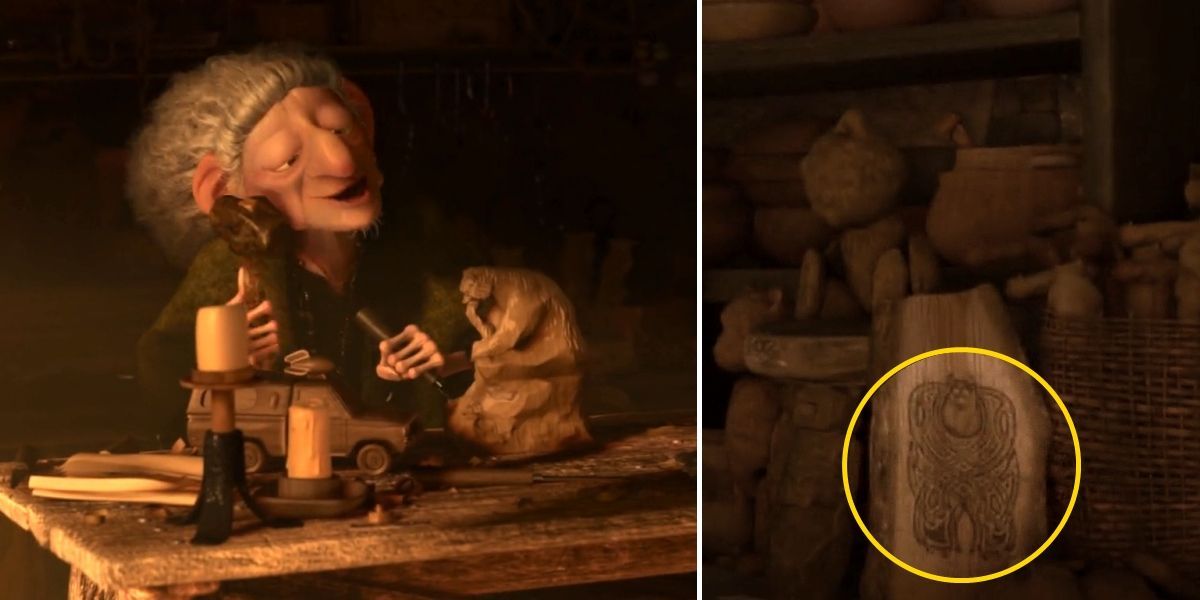Fans of Pixar know that the studio is a big believer in planting easter eggs in each one of their movies, giving viewers tiny nods to other franchises, usually tucked into the background as a subtle joke. But before long, some people started wondering if the easter eggs were actually a sign that there actually existed a Pixar Universe, a world in which every one of their movies was set.
This “Pixar Theory” may have started as an online joke - first by the team at Cracked, then expanded upon by Jon Negroni's comprehensive 'Pixar Theory' - but as more and more fans started filling in the blanks, connecting the movies (with increasingly outlandish theories), the case only got stronger. The darkest twist came when fans realized that if the films are all set in a Pixar Universe, the only real conclusion is a darker, more apocalyptic story than fans ever imagined – and it all begins with Brave.
We’ll break down the strongest points of the theories, and let you decide how convincing the idea of a 'shared Pixar universe' or 'grand narrative' really is in our latest Docu Series, The Hidden Truth Behind Disney: 'The Pixar Theory'.
Brave
It wasn’t the first movie Pixar released, but it’s set centuries ahead of the rest, in a Scottish kingdom some time in the Dark Ages. The most important fact isn’t that Brave followed a young girl as its hero, but that it introduced magic into Pixar’s world, bringing everyday objects like brooms to life with personalities of their own (courtesy of a mysterious witch living in the nearby forest). That fact goes a long way in explaining why toys, cars, or even fish can all think and feel like humans in Pixar’s greatest hits, but it’s the witch who does the magic that may hold the key.
We’ll come back around to her as the final piece of the The Pixar Theory, but for now, just remember that this little old lady’s magic relies on some familiar tricks from later films, and is able to make her disappear once Merrida leaves her tiny hut (filled with some interesting wood carvings).
Toy Story
With the assumption that the toys of Toy Story are all alive thanks to magic, the actual theme and plotlines of the trilogy deal with some serious topics. From the first movie, audiences learned that the toys loved their human owner Andy, just as much, if not more than he loved them. But as the movies went on, audiences learned humans aren’t always kind, with Toy Story 2 revealing that the cowgirl Jessie’s owner abandoned her as she grew older, the same way that Lotso’s had in Toy Story 3 (or in his case, had actually just lost). So people aren’t always kind to their magically-alive possessions.
It was the final act of Toy Story 3 that showed toys could be downright evil once brought to life, which sends a clear message for every movie set in the future of Pixar’s universe.
Finding Nemo/Ratatouille
Having shown that toys aren’t as good or pure as their owners might hope, Pixar showed that the same was true with animals. Even the creatures that meant well didn’t exactly see humans in the best light, regularly outsmarting them (demonstrated when Nemo spent some time locked in a dentist's aquarium), giving them orders (the star of Ratatouille, Remy controlling his human chef like a puppet), and showing that human beings were usually afraid and angry towards things they didn’t understand - particularly animals.
And since the Pixar Universe looks an awful lot like ours at this point, their predictions for the future could also apply to our own. If that’s true, then we’re in serious trouble, since the movies set in the future of Pixar’s universe show an even scarier side to humanity. Or at least, they would, if humans were still in the picture at all.
Cars
Where other Pixar movies took place in, around, or alongside the world of humans, Cars was the first one to remove them completely, essentially replacing our world and the people in it with cars, and eventually planes, and other vehicles that could think and feel on their own. In our world, smart vehicles with artificial intelligence are already being designed, with experts warning that a truly advanced A.I. might not be as friendly as we would hope – just like the animals, insects, and toys of Pixar’s movies can be.
But it’s not like intelligent cars would be bad enough to get rid of humans, or turn on eachother like Pixar’s animals and toys did before them, would they? Cars offers a chilling answer, since most of the sports, infrastructure and overall world of the cars is obviously the same one built by humans, before cars and machines could drive themselves, making human beings irrelevant.
Even if toys and animals became smarter than humans realized, leading to a rise of machines who felt the same way, that still doesn’t answer the question: where did all of Pixar’s people GO?
Wall-E
They went out into space, that’s where. In the future of Wall-E, the world is completely destroyed, turned brown and lifeless by pollution and smog. But the humans didn’t find anything better in deep space, turning into lifeless, bored couch potatoes who only do what the intelligent machines around them tell them to do. Eventually, fans looked at Cars and wondered: did people leave Earth because it was dying from pollution, or did they just head into space following the same robotic orders, and the planet wound up polluted long after. Like, from the kind of pollution that would be caused by billions of cars taking over the planet?
The theory is obviously using plenty of imagination, claiming that intelligent cars got sick of people, just like some toys and animals were already starting to in earlier movies. But with Wall- E the only machine left working on Earth, the plan backfired. The cars died off, leaving Earth ready for humans to return.
Here’s where the theory takes it’s darkest turn, claiming Wall-E’s happy ending was just an illusion. By returning to a dead planet without their robotic leaders telling them what to do, humanity went extinct – and their machines along with them. Leaving the door open for a brand new type of lifeform to take over…
Monsters, Inc.
That’s right, the monsters rise up to take humanity’s place, building their own society from the rubble. A society that needed power on a dried up planet. Apparently, the fan theory claims, some of the toys that weren’t destroyed – like the ones collected by Wall-E – gave up their secrets, telling the monsters about the humans who helped them, cared for them, or were terrified of them. Seeing a solution to their energy problems, the Monsters realized that scaring those same children could power their city. There was one problem, though: they were already extinct.
But you know those doors the monsters use to scare human kids? What if they weren’t just doors in space, but time? And what if the little girl of the movie, Boo, wasn’t ever going to give up her search for the monster that lived in her closet? Since we know magic exists in the Pixar Universe, it’s possible that Boo grew up to use it herself, hopping from door to door, and time to time, trying to find Sully and hear the real secrets about the Monster world.
It’s these trips, the fans claim, which caused all kinds of artifacts and references to pop up across the movies set in different places and times. Boo left them behind as she traveled, eventually finding her way back to one place long, long before the world we know took shape.
Brave
Finally, we return to the magical old woman in the woods, eager to turn Merrida’s mother into a massive, hairy, monstrous bear to bring them closer together. The same old witch who has carved pictures of the monster Sully, and the Pizza Planet truck from the modern day Pixar world sitting around her hut. The clues all add up to Boo, after decades of time-jumping landed her in the Dark Ages, where she used her magic from the future to enchant everyday objects and animals – introducing magic to the Pixar Universe, and completing the entire loop.
Conclusion
It’s anything but simple, and some Pixar fans might think it’s more of a waste of time than a use of imagination. But The Pixar Theory wins more believers every year, as more and more movies from the studio seem to back it up – or add a new twist of their own.
What do you think of the idea? Are there any clues that are even harder to ignore, or details you think fans are ignoring to keep their theory intact? Let us know in the comments, and remember to subscribe to our channel for more videos like this one!

